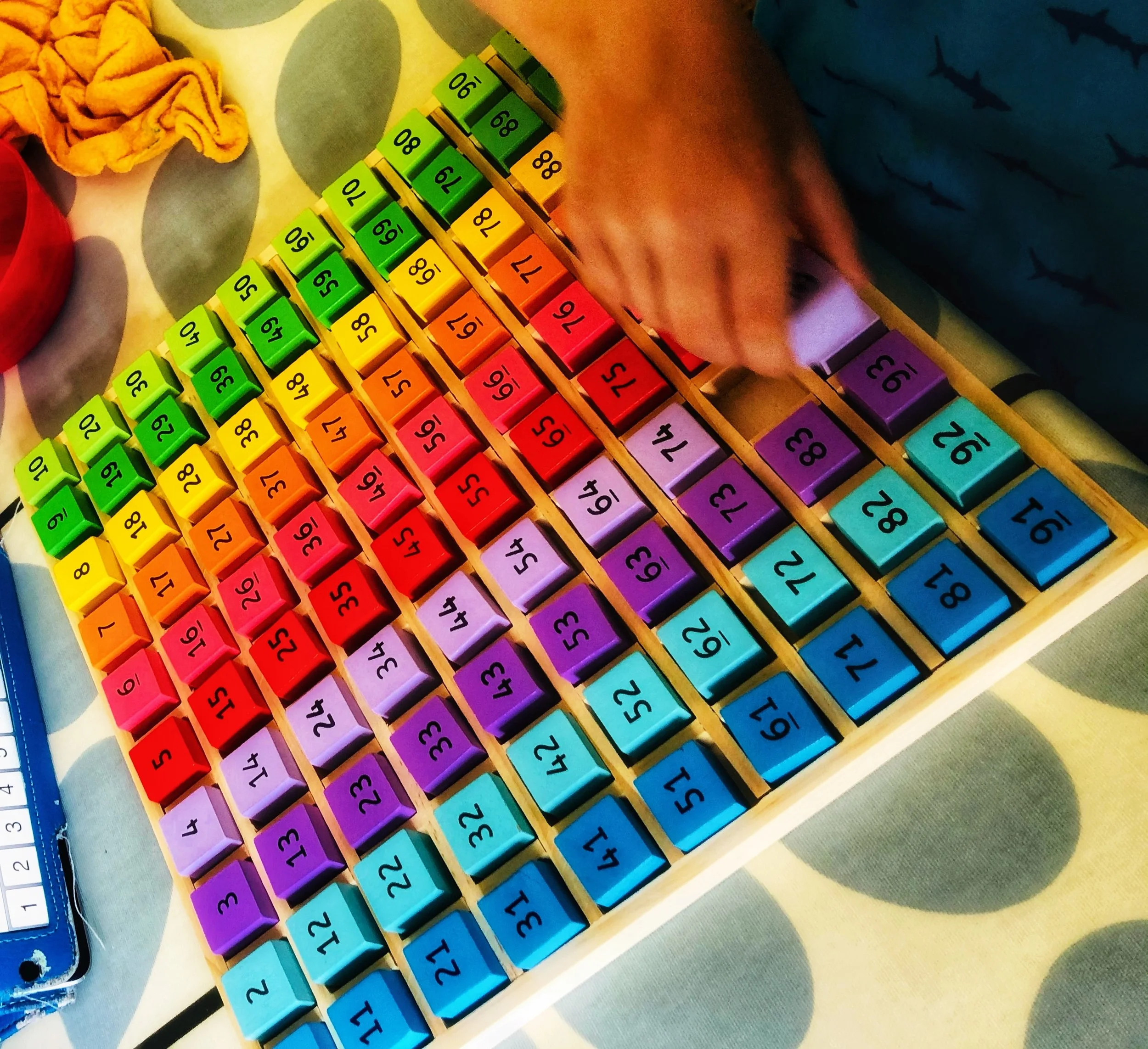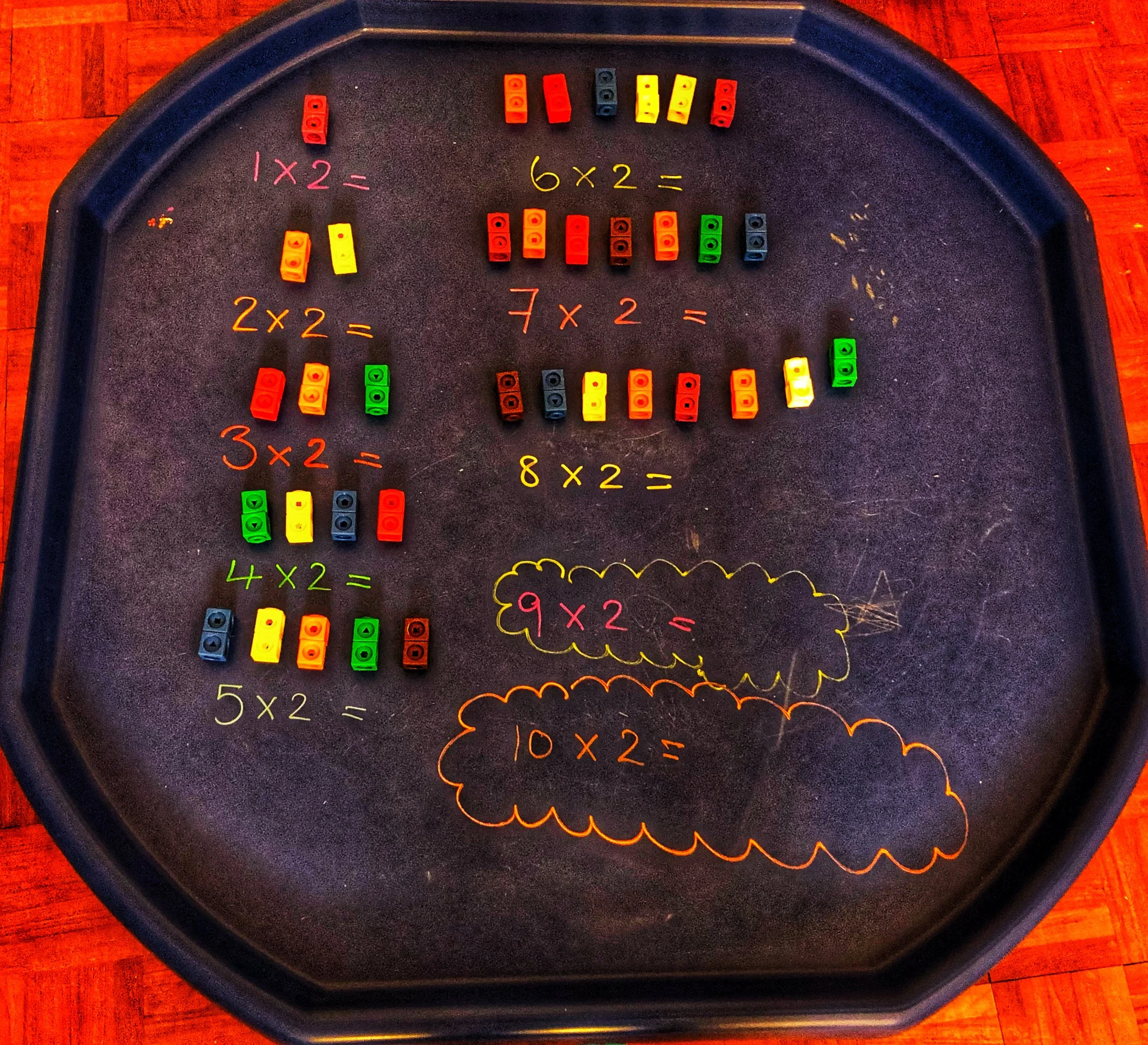Accessible Tech in Maths: Digital Paper and Classroom Tools
When a child needs to use a laptop in maths lessons, things can get tricky. Writing by hand may be slow or painful, but spreadsheets often jump in and try to calculate the answers. Standard word processors don’t make it easy to keep numbers lined up. And many children miss the comfort of squared paper, where every digit sits neatly in its own box.
For some pupils the challenge is physical — handwriting may be tiring, messy, or too slow to keep up with the pace of the lesson. For others, it’s about organisation. Lining up digits on a screen without a grid can cause mistakes in place value, making an otherwise correct method fall apart. Even entering simple sums can be frustrating when spacing shifts or the cursor won’t sit where it’s needed.
Spreadsheets, while powerful, add their own barrier: they’re designed to compute. A child who just wants to show their working may see a cell auto-fill with an answer, which undermines the learning process. Teachers who need to see the method, not just the result, lose vital evidence of how a child is thinking.
There’s also an emotional layer. Many children are attached to the routine of opening a squared exercise book and writing into neat boxes. It’s a visual anchor. Without it, maths can feel like chaos — digits adrift in blank space. For learners with dyslexia, ADHD, or dyscalculia, that lack of structure can be overwhelming.
Accessible digital tools and devices aim to bridge this gap: restoring the structure of squared paper, keeping the focus on the process of maths, and giving children the stamina to show what they know.
Why accessible tech matters in maths
Clarity – lined-up digits make long multiplication and subtraction possible.
Confidence – a clear grid, or a tool that reads questions aloud, can reduce stress.
Familiarity – many children are used to squared paper; digital versions feel less daunting.
Flexibility – different tools suit different learners, from KS1 through post-16.
Equity – in the UK, accessibility is a legal requirement under the Public Sector Bodies Accessibility Regulations 2018.
Google Slides with squared backgrounds
Set a squared-paper image as the background, or insert a table that acts like a grid. At ~1 cm cells, each number has its own box. Your child can type into the squares and use the arrow keys to move neatly from one to the next. Each new lesson can be a fresh slide.
Kami with PDFs
Kami connects with Google Drive and Classroom. Create a squared-paper PDF (e.g. via Incompetech Graph Paper Generator), open it in Kami, then type or handwrite over the top. Kami’s text boxes can feel fiddly at first, but once a template is saved it’s quick each lesson and easy to submit via Classroom.
Equatio (Chrome extension)
Equatio is designed for maths entry. It supports fractions, indices, algebra and has settings to prevent auto-solving so working can be shown properly.
Google Docs table hack
Insert a large table (e.g. 20×20), resize cells to ~1 cm, remove extra borders — you get a squared page inside Google Docs. Slower to set up than Slides, but handy if your child already works in Docs.
🎥 Demo: Using tables in Docs for neat layout
Microsoft OneNote (lined and squared pages)
OneNote includes lined and squared page backgrounds. Numbers stay in neat columns and handwriting + typing can sit together. Useful in Microsoft 365 schools.
Extra tools that support maths mastery
Desmos – free graphing calculator on Chromebooks.
GeoGebra – interactive geometry, algebra, graphing.
Jamboard (now sunset) → FigJam / Miro – collaborative whiteboards to work through problems.
Learning apps – Khan Academy, Quizlet, BBC Bitesize.
Accessibility features on Chromebooks
Built-in supports can make maths more accessible. Enable via Settings → Accessibility:
Dictation – speech-to-text for instructions, labels or reflections. Google guide
Magnifier – zoom for small grids/equations.
High contrast – clearer separation of text and background.
Screen reader – for pupils who benefit from auditory input.
General overview: Chromebook accessibility features
Digital paper devices as a back-up
In schools where pupils collect a Chromebook each morning, that routine can be its own barrier. A personal digital paper device can act like a durable, always-ready exercise book:
Lives in the school bag — no queuing or sign-out.
Wakes instantly; battery lasts days or weeks.
Load squared-paper templates once, reuse every lesson.
Write with a stylus without the system auto-solving.
Export as PDF for teachers to collect via Drive/Classroom.
Commonly used models
Kindle Scribe, reMarkable 2 / Paper Pro, Lenovo Smart Paper, Boox Go (e.g. Color 7). These don’t replace a Chromebook entirely, but they reduce stress and keep layout neat.
Organising maths work digitally
Keep one Slides deck or Docs file as the Maths Book.
Add a new slide/page each lesson with the date at the top.
Use colour to highlight answers, corrections, or steps.
Maintain the same habits as paper books: underlining, numbering, clear working.
Will my child be allowed to use a device in school?
Schools are (understandably) cautious about equipment. These talking points help.
Reasonable adjustment – this is assistive tech to remove barriers, not a luxury gadget.
Cost–benefit – less time lost to waiting for laptops, rewriting messy work, or scanning paper.
Shared resource model – trial one or two devices for pupils with similar needs.
Warranty/insurance – choose cover that reduces school risk.
Pilot period – a short, term-long trial to test impact.
What schools worry about
Cost – looks like a luxury item.
Liability – fear of paying if it’s lost or damaged.
Fairness optics – “Why can’t I have one?”
How parents can smooth the path
Provide the device yourselves and put it in writing:
“We’re providing this device as assistive technology for [child’s name]. We understand the school cannot accept liability for loss or damage.”
Insure it yourselves (contents/gadget/extended warranty) and reassure the school.
Frame it as a reasonable adjustment that replaces an exercise book, not school systems.
Show the workflow: export to PDF → Google Classroom/Drive → normal marking.
Final note
Every child is different, and what works in one setting may not work in another. These options are shared so parents, SENCos, and teachers can explore what fits best.
Disclaimer: This page gathers together research and ideas that other parents and educators have shared. I haven’t tried all of these approaches myself, so please treat them as options to explore rather than endorsements. Every child and every school will be different, so check with teachers or SENCos before settling on a method.
📦 Coming soon: a Chromebook Maths Quick-Start Bundle in the shop (ready-made squared templates, a parent guide, and one-page student handouts).
Want tailored advice?
Every child is different. For help choosing the right setup or approaching school about adjustments, book a 1:1 consultation for tailored guidance.




